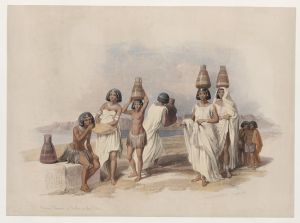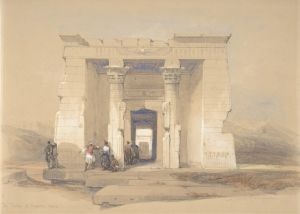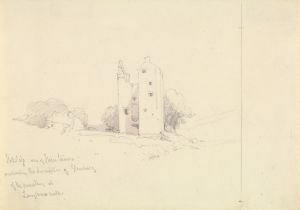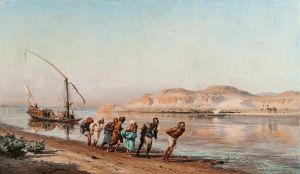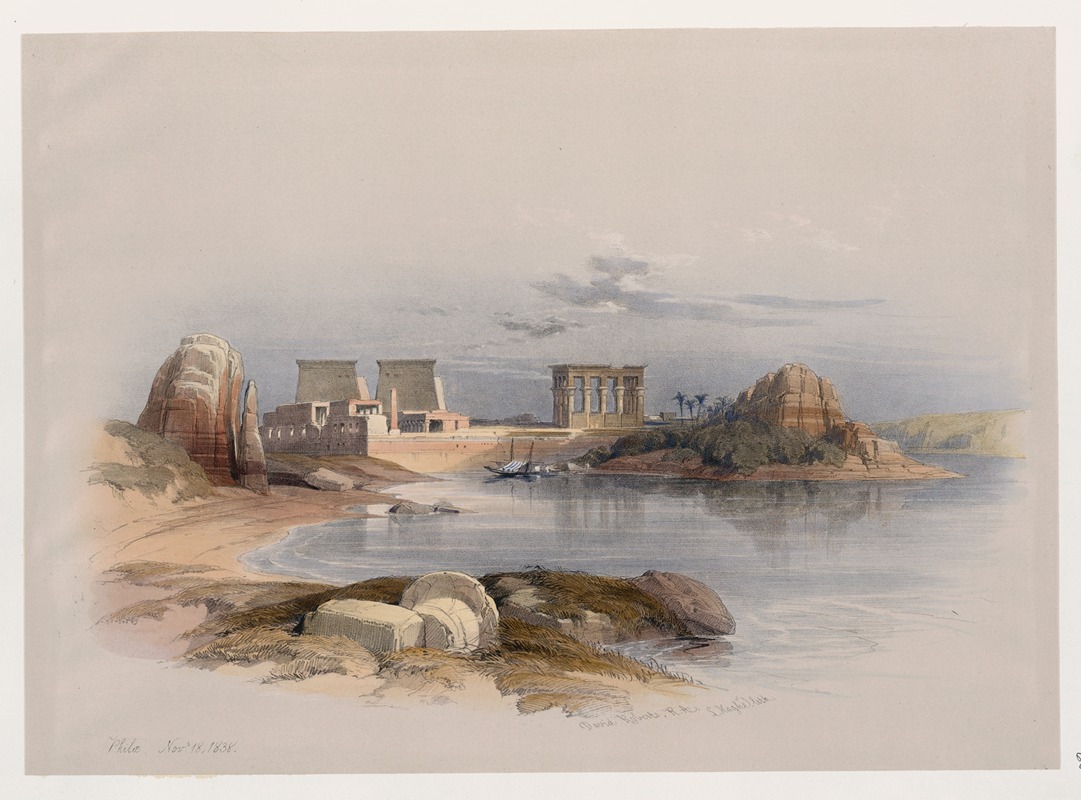
Philæ. Nov. 18, 1838
A hand-painted replica of David Roberts’s masterpiece Philæ. Nov. 18, 1838, meticulously crafted by professional artists to capture the true essence of the original. Each piece is created with museum-quality canvas and rare mineral pigments, carefully painted by experienced artists with delicate brushstrokes and rich, layered colors to perfectly recreate the texture of the original artwork. Unlike machine-printed reproductions, this hand-painted version brings the painting to life, infused with the artist’s emotions and skill in every stroke. Whether for personal collection or home decoration, it instantly elevates the artistic atmosphere of any space.
David Roberts' artwork Philæ. Nov. 18, 1838 is a lithograph based on a sketch he created during his travels in Egypt in 1838. David Roberts (1796–1864) was a Scottish painter and one of the most prominent Orientalist artists of the 19th century. He is best known for his detailed and romanticized depictions of the Middle East and North Africa, which were widely admired in Europe during his lifetime.
The lithograph depicts the island of Philae, located in the Nile River in southern Egypt, near Aswan. Philae was renowned for its ancient temples, particularly the Temple of Isis, which was a significant religious site in ancient Egyptian and Greco-Roman times. By the time Roberts visited the site, the temples were already partially submerged due to the construction of the first Aswan Dam, which began to affect the area in the early 20th century. However, during Roberts' visit in 1838, the structures were still largely intact and accessible.
Roberts traveled to Egypt as part of a larger journey through the Middle East, which he undertook between 1838 and 1839. His goal was to document the region's architecture, landscapes, and cultural heritage. He created numerous sketches and studies during his travels, which were later transformed into a series of lithographs published in the six-volume work The Holy Land, Syria, Idumea, Arabia, Egypt, and Nubia (1842–1849). These lithographs were produced by Louis Haghe, a Belgian lithographer, and became highly influential in shaping European perceptions of the Middle East.
The lithograph Philæ. Nov. 18, 1838 captures the grandeur of the ancient site, with its monumental columns and intricate carvings. Roberts' work is notable for its attention to architectural detail and its ability to convey the atmosphere of the locations he visited. His depictions of Philae and other sites contributed to a growing European fascination with Egyptology during the 19th century.
Today, the temples of Philae have been relocated to the nearby island of Agilkia as part of a UNESCO-led project to save them from submersion caused by the construction of the Aswan High Dam in the 1960s. Roberts' artwork remains an important historical record of the site as it appeared before these modern interventions.





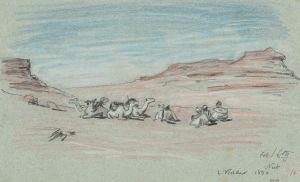
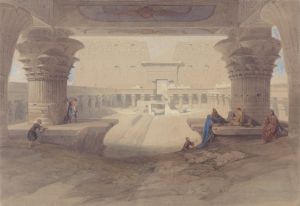
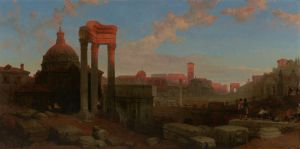
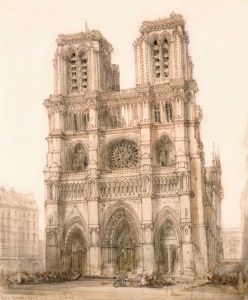
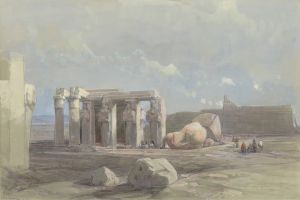
![Karnac [Karnak]. Nov. 29th, 1838.](/imgs/217502/s/david-roberts-karnac-karnak-nov-29th-1838-8df2346d.jpg)
![Lateral view of the temple called the Typhonæum, at Dendera [Dandara].](/imgs/217507/s/david-roberts-lateral-view-of-the-temple-called-the-typhonaeum-at-dendera-dandara-b378b9d7.jpg)
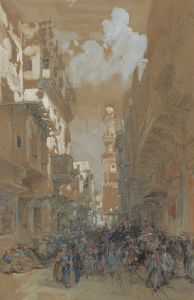
![View on the Nile looking towards the pyramids of Dashour [Dahshûr]and Saccara [Saqqârah].](/imgs/217572/s/david-roberts-view-on-the-nile-looking-towards-the-pyramids-of-dashour-dahshurand-saccara-saqqarah-6cb692fe.jpg)
